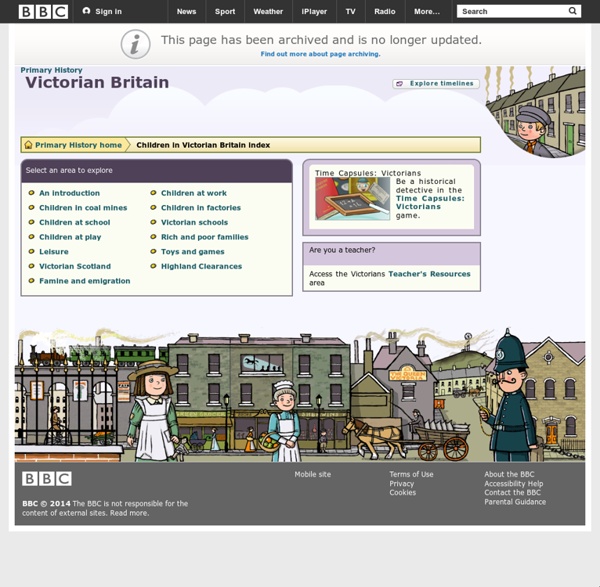Victorians Homework for kids
The Victorians lived over one hundred and fifty years ago during the reign of Queen Victoria (1837 to 1901). Victorian times means during Victoria's rule. The time Queen Victoria was on the throne. She ruled for 64 years.
The white man’s blunders of ‘explorer’ Benedict Allen feed racist myths
I was happy when a notification popped up to tell me that Benedict Allen, the British “explorer” reportedly lost in the jungles of Papua New Guinea, had been found alive and well (although with possible malaria). That feeling didn’t last long. The whole notion of white men dangerously journeying to foreign lands is too intimately connected to the colonial nostalgia that pervades “Great Britain” for it to be something to celebrate.
The Victorian School
Although there had been schools dated back as far as the 6th Century many Victorian boys and girls did not have the opportunity of going to school. When Queen Victoria came to the throne in 1837 education was still mainly for the privileged. Rich children might have a governess to teach them at home until they were old enough — if they were boys — to go to Public Schools such as Rugby (mentioned in the book, Tom Brown's Schooldays). The girls continued to be educated at home. Most poor children did not go to day school, but earlier, Robert Raikes had started a system of education based in churches, the Sunday School, and by 1831 1,250,000 children went to lessons in this way. That was about a quarter of the population at the time.
Como, a Natale il sindaco multa i mendicanti. Le associazioni: "Ci impediscono anche di portare cibo"
Un'ordinanza "per il decoro del centro storico" che multa, per tutto il periodo di Natale, senzatetto, clochard e migranti che chiedono l'elemosina a Como, in tutta la città vecchia, quella dentro le mura. A firmarla è il sindaco di Forza Italia, Mario Landriscina, lo stesso che non ha partecipato alla manifestazione antifascista contro il blitz squadrista dei naziskin contro le associazioni impegnate nell'accoglienza dei migranti in città. Già in campagna elettorale aveva promesso di "ripulire" le vie del centro e adesso, nei giorni delle feste e dello shopping, è passato alle vie di fatto. Ma - denunciano le associazioni che si occupano di persone che vivono per strada - non soltanto vengono multati i mendicanti, ma viene anche impedito loro di aiutarli, portando loro qualcosa da mangiare. "Ieri mattina, come tutte le mattine da più di sette anni, siamo arrivati presso l'ex chiesa di san Francesco a Como per distribuire la colazione alle persone che dormono fuori perché senza casa.
Victorian Children - Victorian Children & Life in Victorian Times
The Victorian Web (www,victorianweb.org)
Primary History - Victorian Britain - Toys and games



